

Let’s first answer a geography question: In which province are the easternmost and northernmost cities in China?
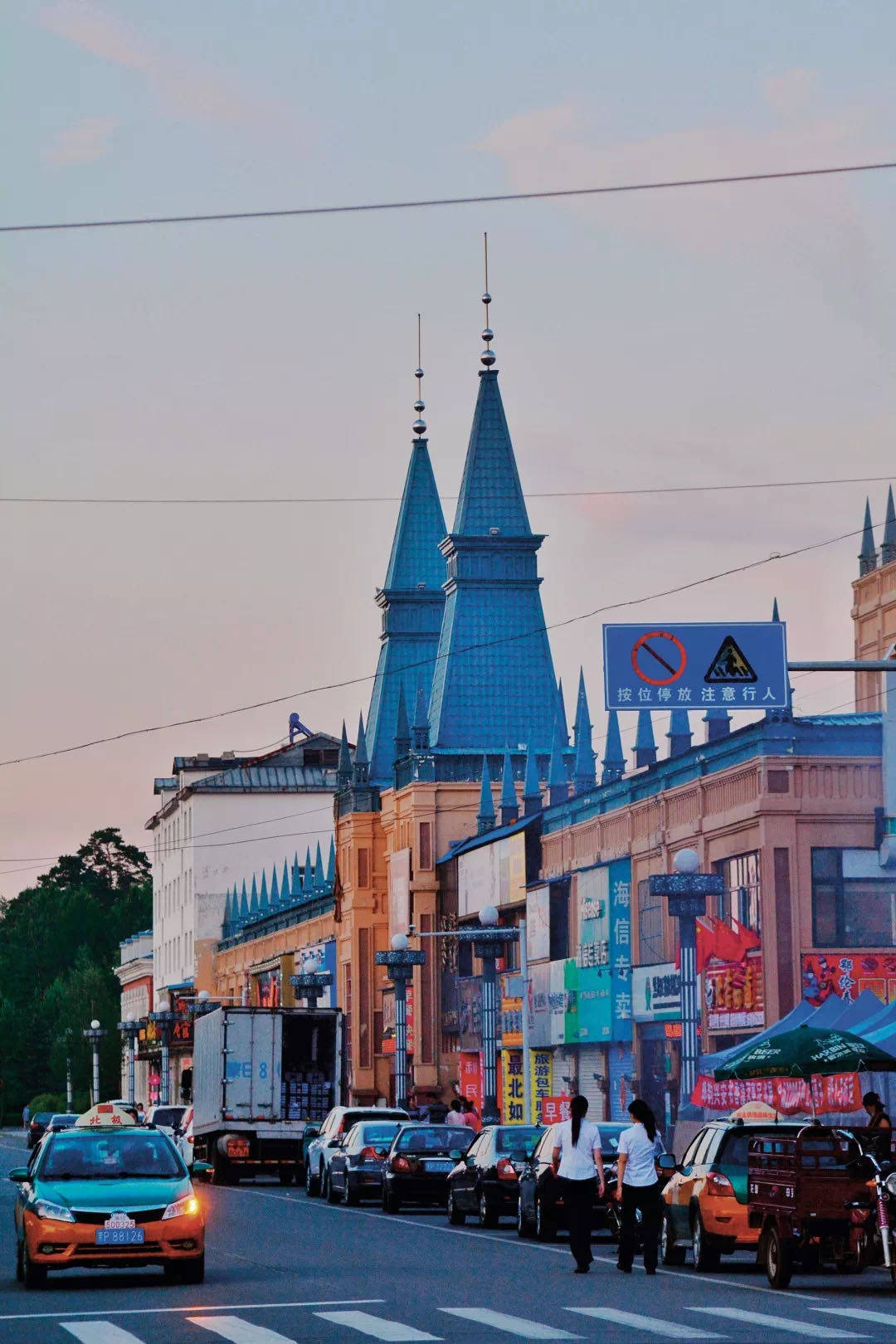
The answer is that they are all in Heilongjiang. Fuyuan and Mohe, known as the east and north poles of China, follow the outline of the Sino-Russian border, starting from Fuyuan, the “East Pole” in China, to Mohe, the “Arctic” in China, with a total length of about 2,200 kilometers. Between the two poles, the Heilongjiang and Wusuli Rivers depict the outline of the easternmost part of China. Along the long border, you can watch the sunrise in Fuyuan, the Arctic Mohe, get lost in the Xing’an Mountains, walk through the fertile Sanjiang Plain, watch the Oroqen people go uphill to fight roe deer, eat a delicious Hezhe fish feast, and even You can cross the border to Russia to enjoy the exotic scenery. How many adventures will there be on an ultimate self-driving trip in Heilongjiang?

#1 Fuyuan
Fuyuan, a small northeast city that was upgraded to a city in 2016, is the starting point for self-driving trips. Don’t underestimate the small town of Fuyuan, just take out one of its business cards, which are quite distinctive. Shenzhou Dongji, this is Fuyuan’s most unique business card, and the first ray of sunshine on the land of China will always appear here. Not to mention, the geographically important Heixiazi Island and the Sanjiang Wetland, one of the three major wetlands in my country, are all in Fuyuan. Only the freshwater fishing capital, the hometown of sturgeons, the hometown of salmon… these sound tempting. The name makes people full of curiosity and yearning for Fuyuan.

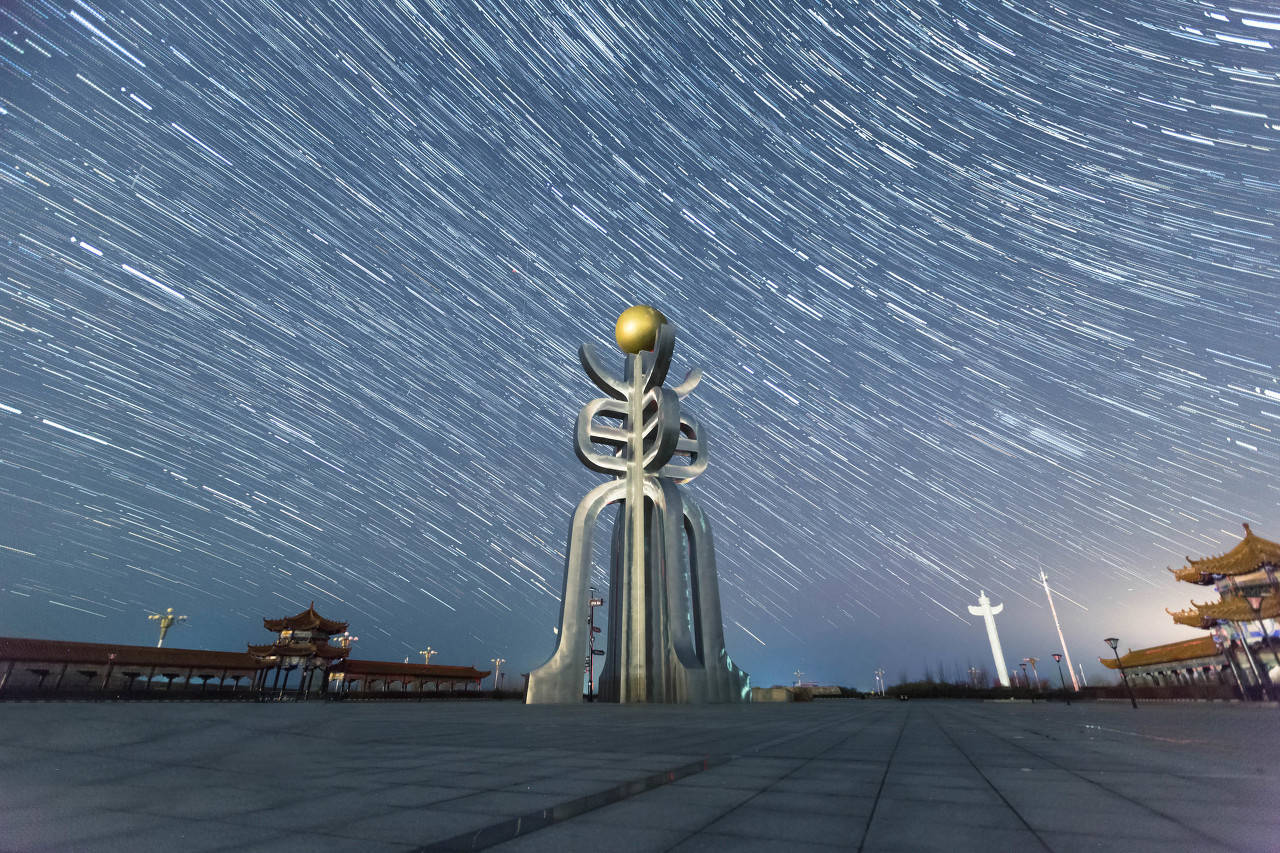
Don’t think that eating fish is only the patent of Jiangnan Water Village. In Fuyuan, you must also taste the “Three Flowers, Five Luo and Eighteen Sons” in Heilongjiang. People in Fuyuan have many ways to make fish, the most special one is “killing fish.” “Killed fish” is a delicacy that mixes raw fish shreds with various seasonings, potato shreds, etc. It tastes crisp, refreshing and delicious. This way of eating comes from the Hezhe people. They call it “Talaha”. Of course, Usually eaten in restaurants is an improved version of the Han people.
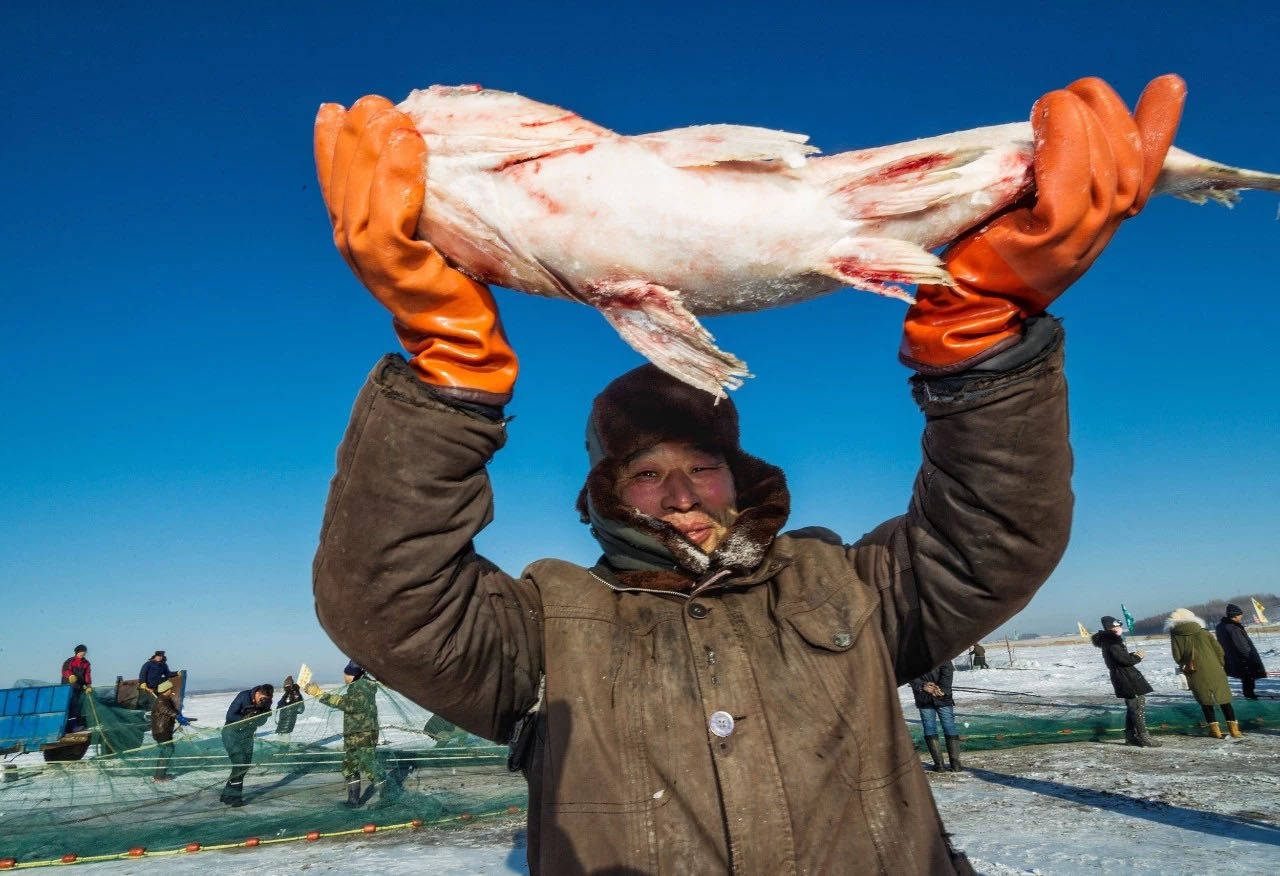
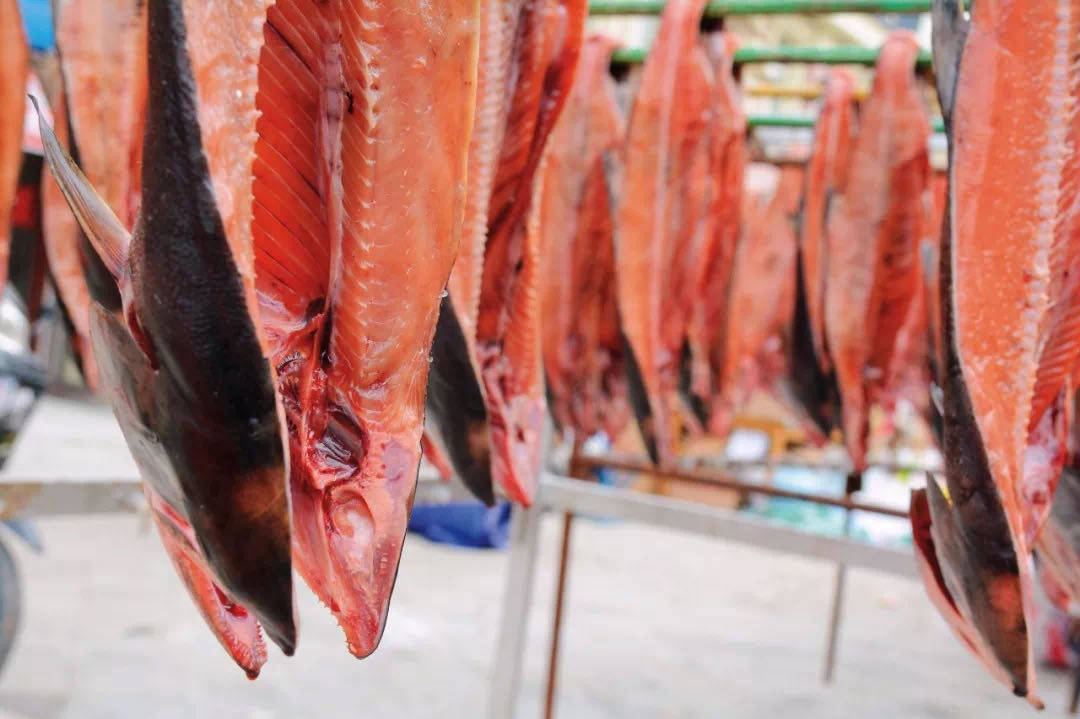
After the opening of Heixiazi Island for tourism, it has become an important reason for people to visit Fuyuan, because it is the eastern pole of the mainland of the motherland. Heixiazi Island Wetland Park, the site of the Russian military camp, the monument to the handover of the return, and the Dongji Pagoda are all must-see attractions. Two plank roads, a large circle and a small circle, have been built in the wetland of Heixiazi Island. It is worth walking slowly inside. Maybe it will startle a group of waterbirds. Across the river from Fuyuan is Khabarovsk, Russia’s largest city in the Far East. Before the outbreak, if you have sufficient travel time, you can join a border tour group to see the customs of Russia on the other side and visit their central farmers’ market. Go to the supermarket to buy some Russian goods… The most popular among tourists in Fuyuan is the various trams still reserved in the city. The colorful trams shuttle among the city’s buildings and woods. It’s a bit of a “little train to happiness”. taste.


#2 Tongjiang
Leaving Fuyuan, walk along the outline of the Heilongjiang border, and the first major station I passed on the way was Tongjiang. At the beginning of the last century, there were border trades here. In 1904, Russian merchants and firms engaged in trade activities in Tongjiang; in 1909, the Qing government set up a customs in Tongjiang to collect tariffs. Tongjiang Port is the most terminal port of Songhua River in China. In 2007, the first high-cold water pontoon solid ice channel was built here in China’s transportation history. It has become a port that can be cleared in all seasons, and large containers transit here every day.

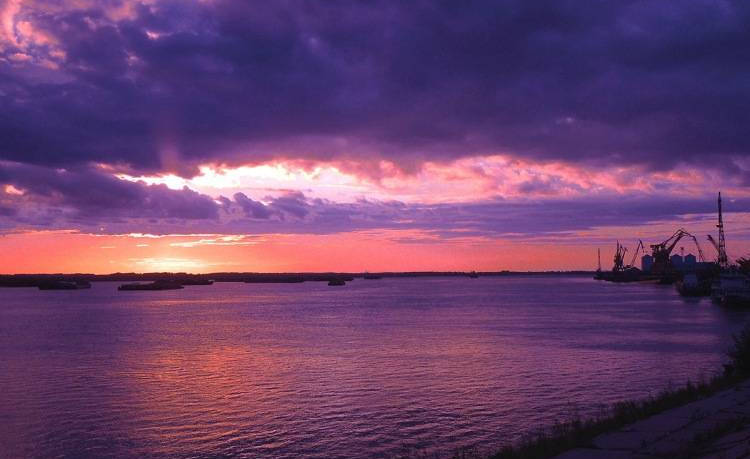
Here is also inhabited by a nation that straddles the two countries-the Hezhe ethnic group. They also live in Russia, where they are called “Nanai”. This nation lived here thousands of years ago-the Sanjiang Plain where Heilongjiang, Songhua River, and Wusuli River meet, and the rest of Wanda Mountain. It is one of the “six small” ethnic groups in China. According to the sixth national census in 2010, the population of the Hezhe ethnic group is only more than 5,000.
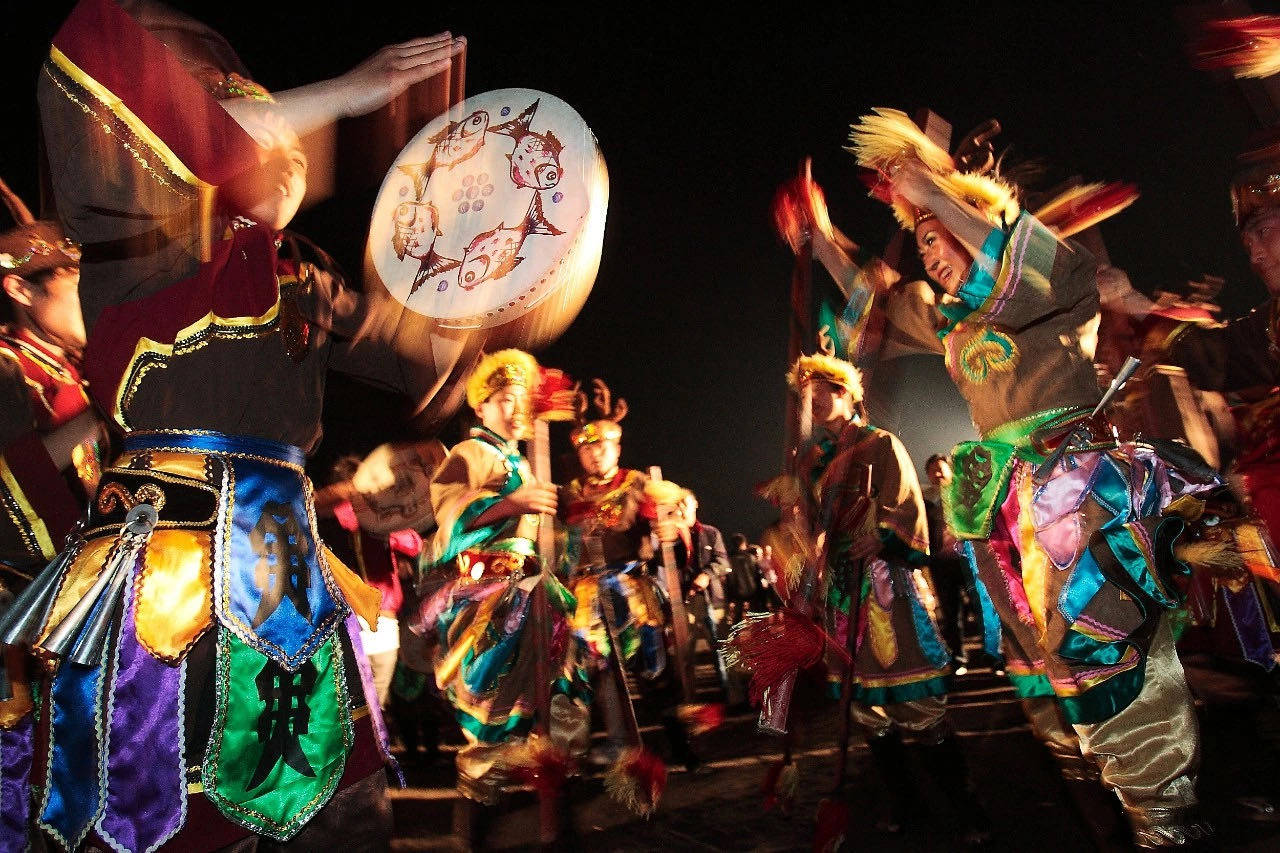
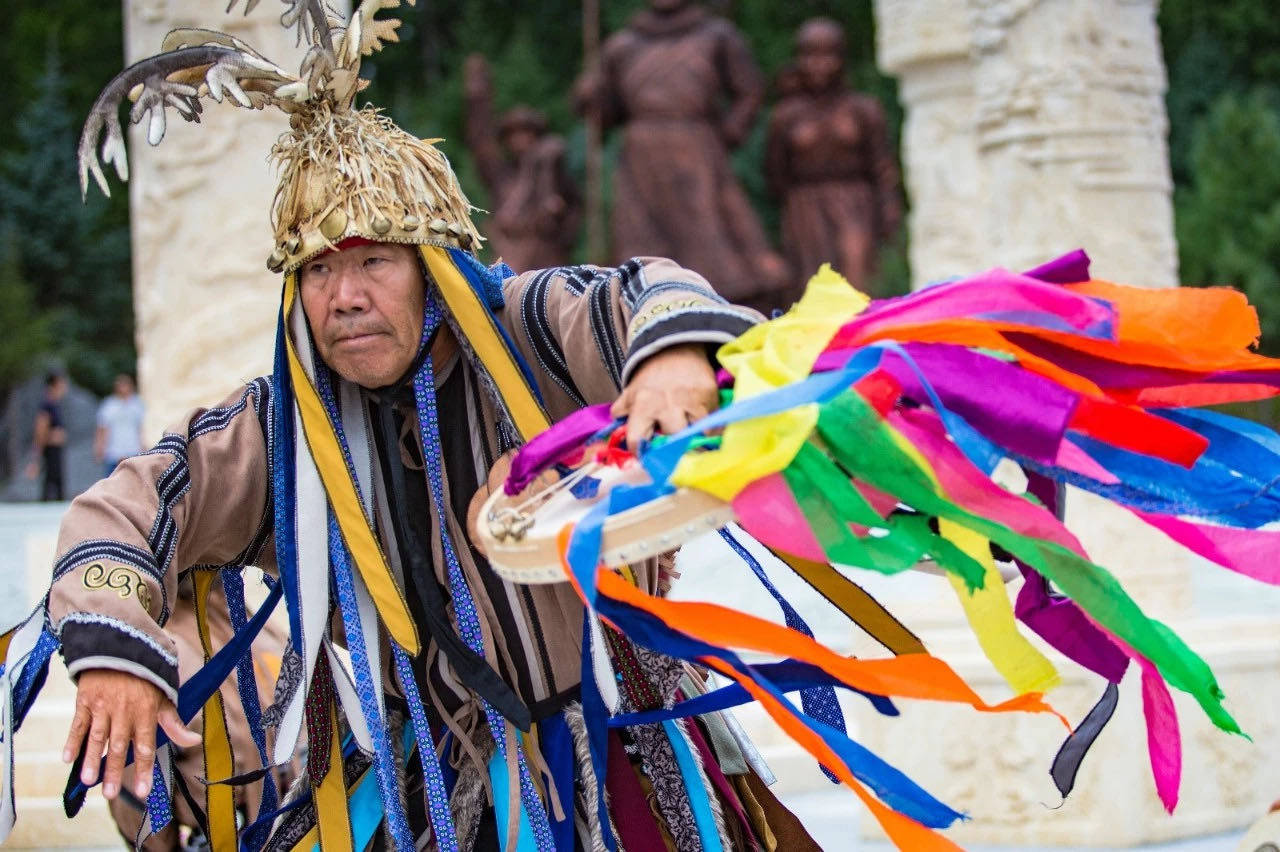
Jiejinkou in Tongjiang is one of their settlements. This is a fishing village. They have lived on the riverside for thousands of years. They have been fishing for a living, eating fish meat, wearing fish skin, and processing fish skin to make various daily and production supplies. Today, although the Hezhe people live in brick houses, there is a fish basket on the east side of each house, which contains fish roe, fish pieces, and a tank of fish food that is fried in a pot.
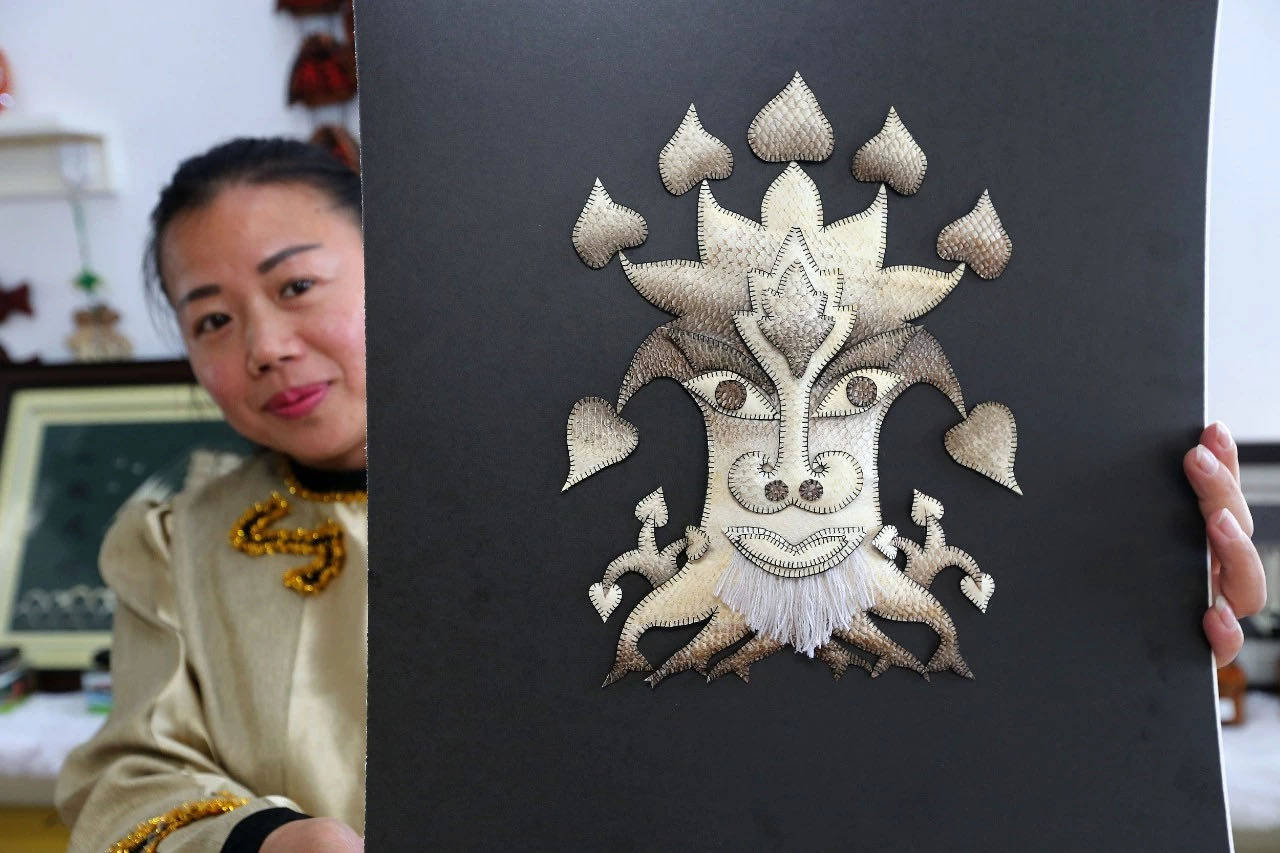

In addition to using fish skins for clothing, the Hezhe people also paint with fish skins. It was once called paperless paper-cutting, which created exquisite pictures by cutting, pasting and engraving fish skins. It takes about 3 days for a painting to be peeled, dried to remove scales, dried fish skins, pounded, bleached, pasted, engraved, and many other detailed steps. The Hezhe tribe has rich myths and legends, and many plots and characters are painted on fish skins. That is the aesthetics and beliefs of the Hezhe people. At present, the fish skin making skills of the Hezhe nationality have also been included in the national intangible cultural heritage list.


#3 Yichun
Leaving the fishing village of Jiejinkou, heading west along the way, he gradually entered the forest. Yichun is the place where the “handshake” of the big and small Xing’an Mountains is. Unexpectedly, Yichun, located in the hinterland of Xiaoxing’anling, is actually full of the gentleness of the green mountains and water, and the roughness of the mountains is not visible at all. The mist surrounding the mountains in the early morning makes the small town moist and moist, like a water town in the south of the Yangtze River.

You can eat breakfast at Shenghui Market next to Yichun Dam. This is really just a place for local people to do activities. People who wake up in the morning have breakfast after exercising, and grandpa and aunt buy some fruits and vegetables. The various breakfasts in the market really make people unable to choose. I can’t wait to try every snack: sticky pancakes, sticky bean buns, sauerkraut soup…


The natural conditions of Yichun are blessed by nature. This small city surrounded by forests makes people unable to help but breathe. Before leaving the city, there are two forest parks to visit in the north and south. The Xiaoxinganling Botanical Garden is a city park that is envied by people all over the country. Large natural forests do not require much artificial carving. Stroll on the wooden plank road, feel the fragrance sent by the waves of pine waves, and watch the cute squirrels appear in the meantime. Every sturdy plant seems to proudly show the soil and water. At the other end of the city, the 653-meter high point of Nanshan Park is the best place to overlook Yichun. Ascending to the sightseeing tower, at the end of the field of vision, Lin Hai embraces Yichun City.
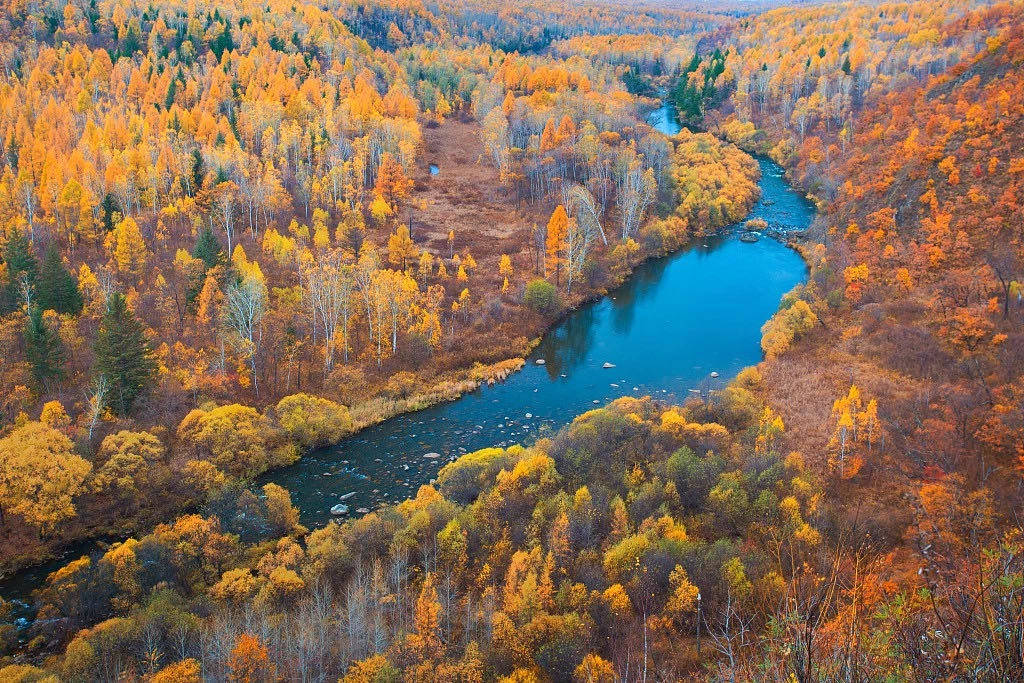
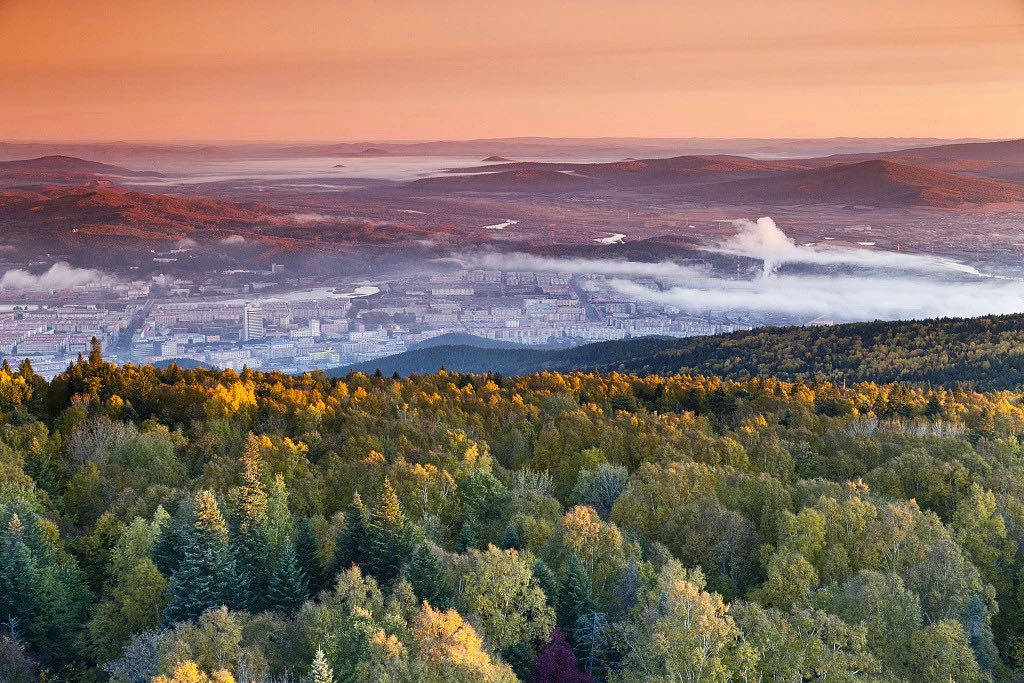
Of course, travelers who love to explore will not just indulge in this cute little city, but follow the slow train to explore the districts and counties around Yichun, or self-driving through the undulating forest on the newly renovated 204 County Road. The large and small national forest parks along the way have their own characteristics. Shangganlingxishui National Forest Park, as its name suggests, is a paradise for water lovers; Tangwanghe National Park has scarce granite stone forest landforms; 7 kilometers northeast of Hongxing Volcano Geopark The Kurbin River is covered with rime in winter, attracting a large number of fans.
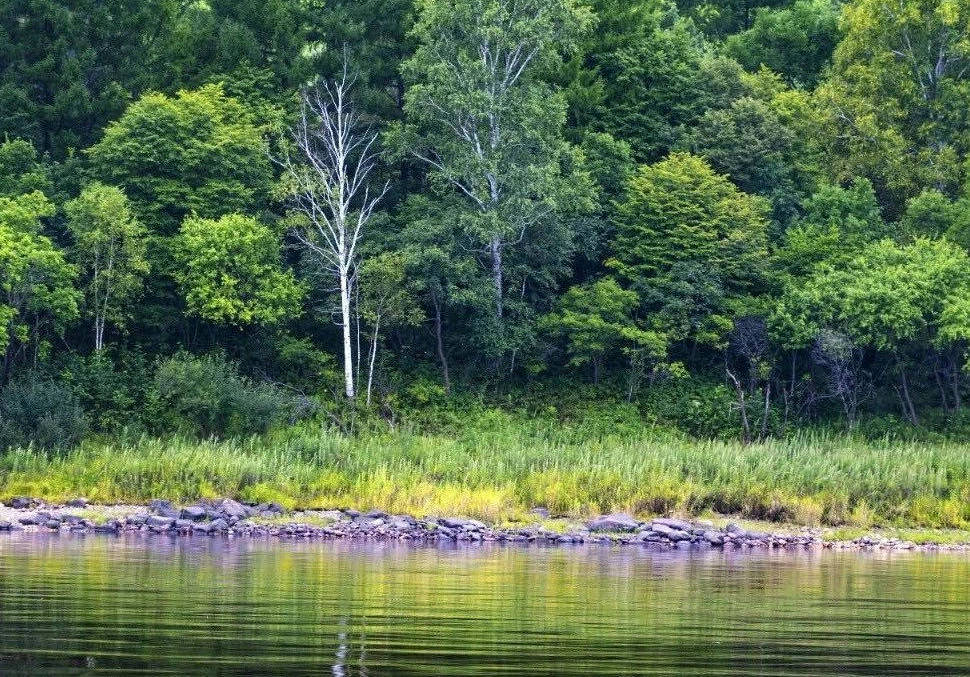
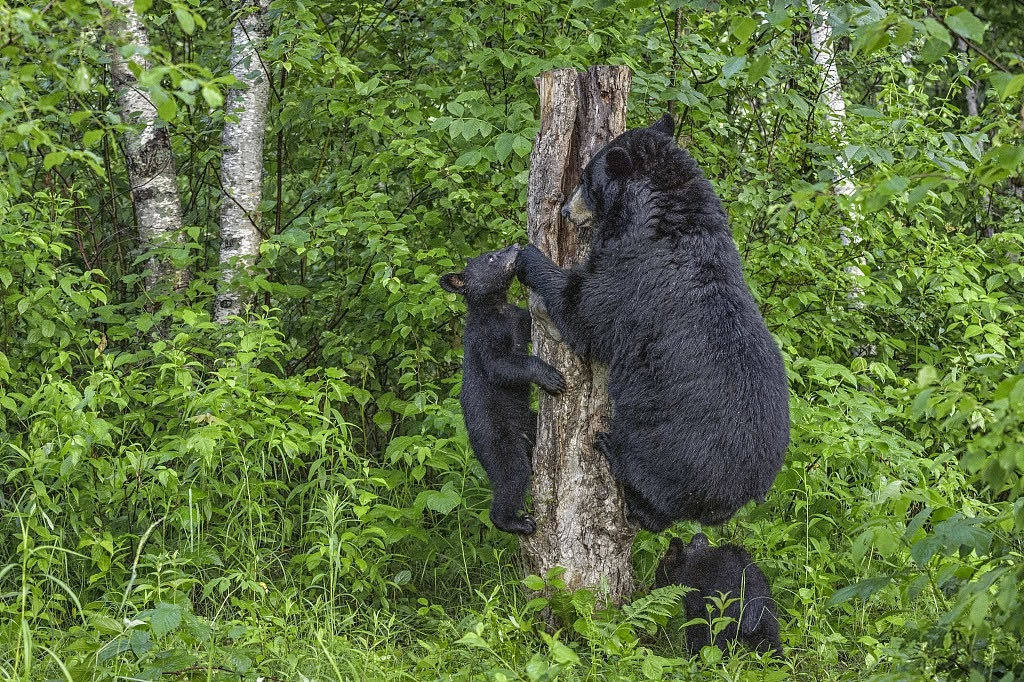
#4 Heihe
Walking northwest along the Xiaoxing’an Mountains, out of the dense forest, is Heihe, which is the place with the strongest Russian style on this “two-pole crossing” road. On the 2981-kilometer border between Heilongjiang and Russia, Heihe is the most eye-catching city on the northern line.


Heihe, its old place name Aihui is known by the “Ahui Treaty” signed by Qing Russia. Aihui comes from the transliteration of the Daur language, and it means “awesome” when translated into Chinese. It used to be a major military center along the Heilongjiang line, and today it is still an important center for Sino-Russian border trade. On the other side is Blagoveshchensk, the third largest city in the Russian Far East.

As one of the first open cities in Yanbian in my country, Heihe has become the “second hometown” of Russians: In Heihe, whether it is a street shop or a roadside sign, in addition to the Chinese logo, it will also be accompanied by Russian. On the streets of Heihe, you can see large brick red castle buildings everywhere, with gothic spires or round ingot roofs on them, all with a strong Russian imprint. Heihe also maintains close ties with Russia in terms of business, trade and human relations: before the epidemic, many Russian aunts would come to Heihe to visit the morning market early in the morning and buy some daily necessities for daily life. The local vendors in Heihe also All can communicate in Russian without barriers.


The Xinsheng Township near Heihe is home to another mysterious minority: the Oroqen. The Oroqen nationality is also one of the ethnic groups with the smallest population, and nearly a quarter of the Oroqen people in the country live in the Heihe area. There was once a song that was sung like this: A large forest in the high Xing’an Mountains, where the brave Oroqen lives, hunting horses and guns, roe deer and wild deer can never be hit all over the mountains… …The scene sung in the song may only be seen in the museum now. Xinsheng Township, as the name suggests, means to settle down and live a new life. In the surrounding mountains, it is difficult to see the Oroqen people hunting again, and “the roe deer and wild deer can never be beaten all over the mountains” has become a legend.
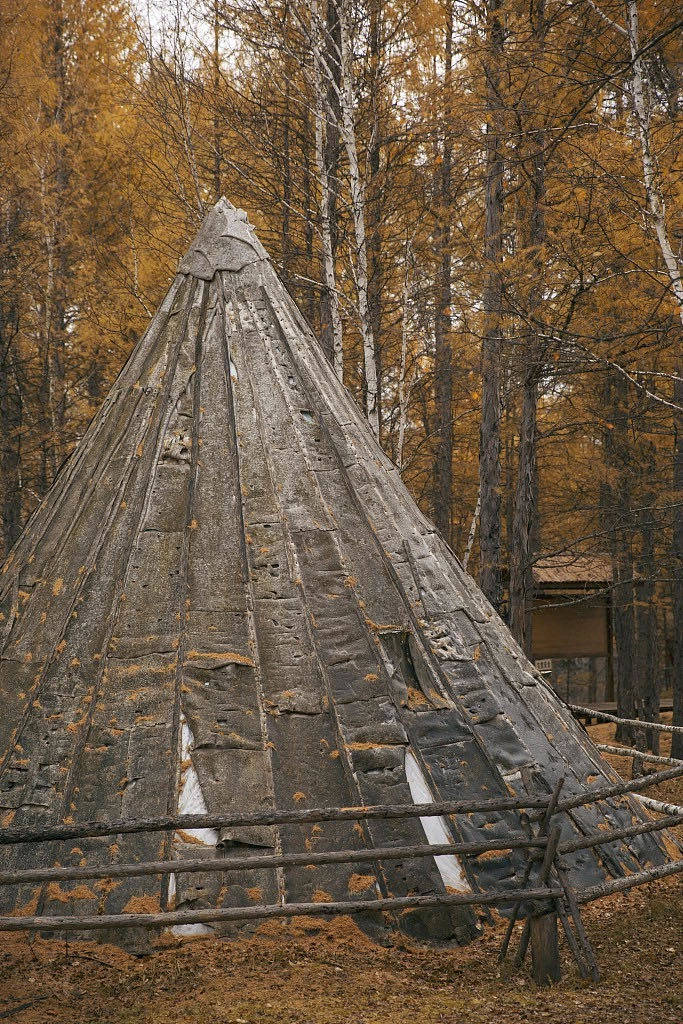
Xinsheng Township can also be regarded as a more famous tourist attraction in Heihe. When guests come to the entrance of the village, there will be a unique welcome ceremony. The Oroqen girls and boys in the village are responsible for receiving and performing in the scenic area. They showed tourists the traditional hunting life of Oroqen, traditional weddings, how to deal with the roe deer bark harvested from hunting, and how to use birch bark to make various tools… Actually, the locals are eager for the life of their ancestors, and time can change Many, but they can’t change people’s inner watch.
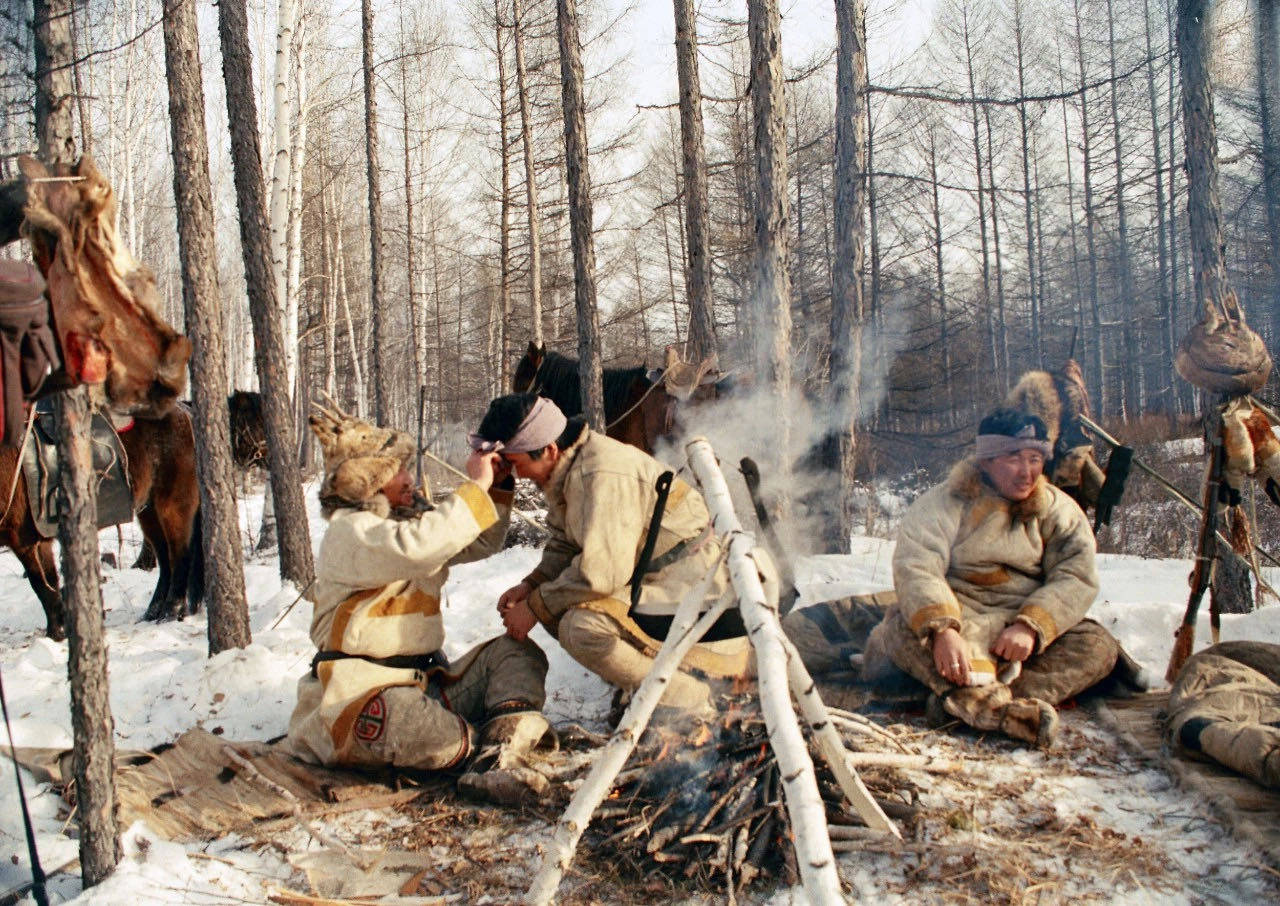

#5 Mohe
To the west of Heihe, passing by Huma and Tahe, is China’s most arctic, Mohe. Winter is long here, and two-thirds of the year is winter.

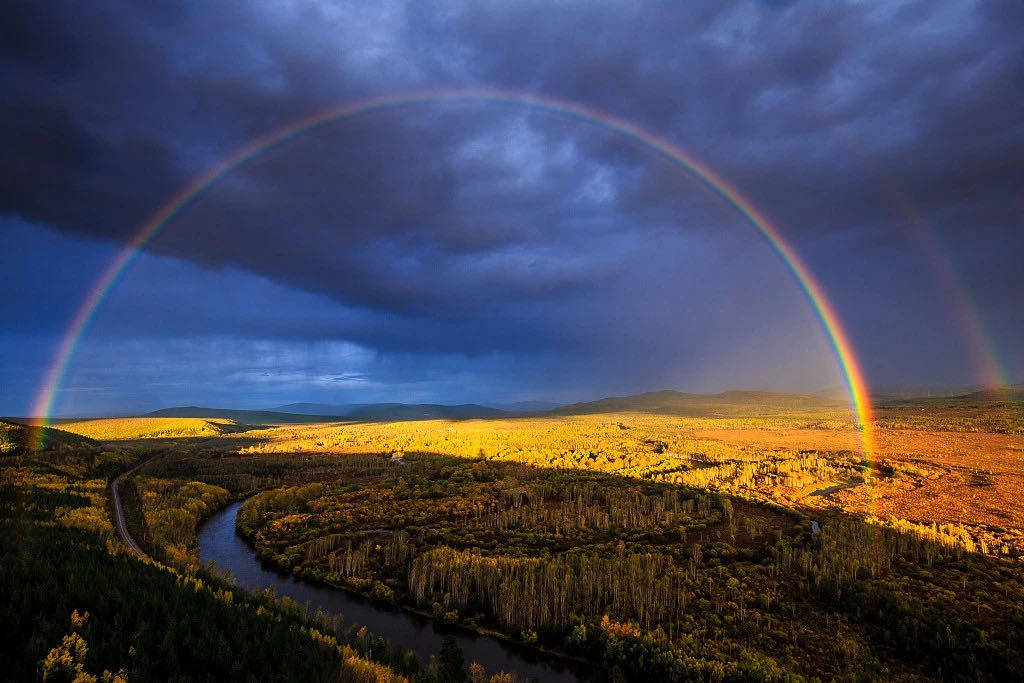
The north latitude is 53°, which is the latitude where the Arctic Village of Mohe is located. This place, more than 70 kilometers north of Mohe County, is the northernmost place in China. Around the summer solstice, here is close to the extreme day, the winter solstice in Mohe only 7 hours in the day, the remaining two-thirds of the time is night. If you are lucky, this is the place where China can see the Northern Lights. The reputation of “the northernmost” attracts countless tourists every year.
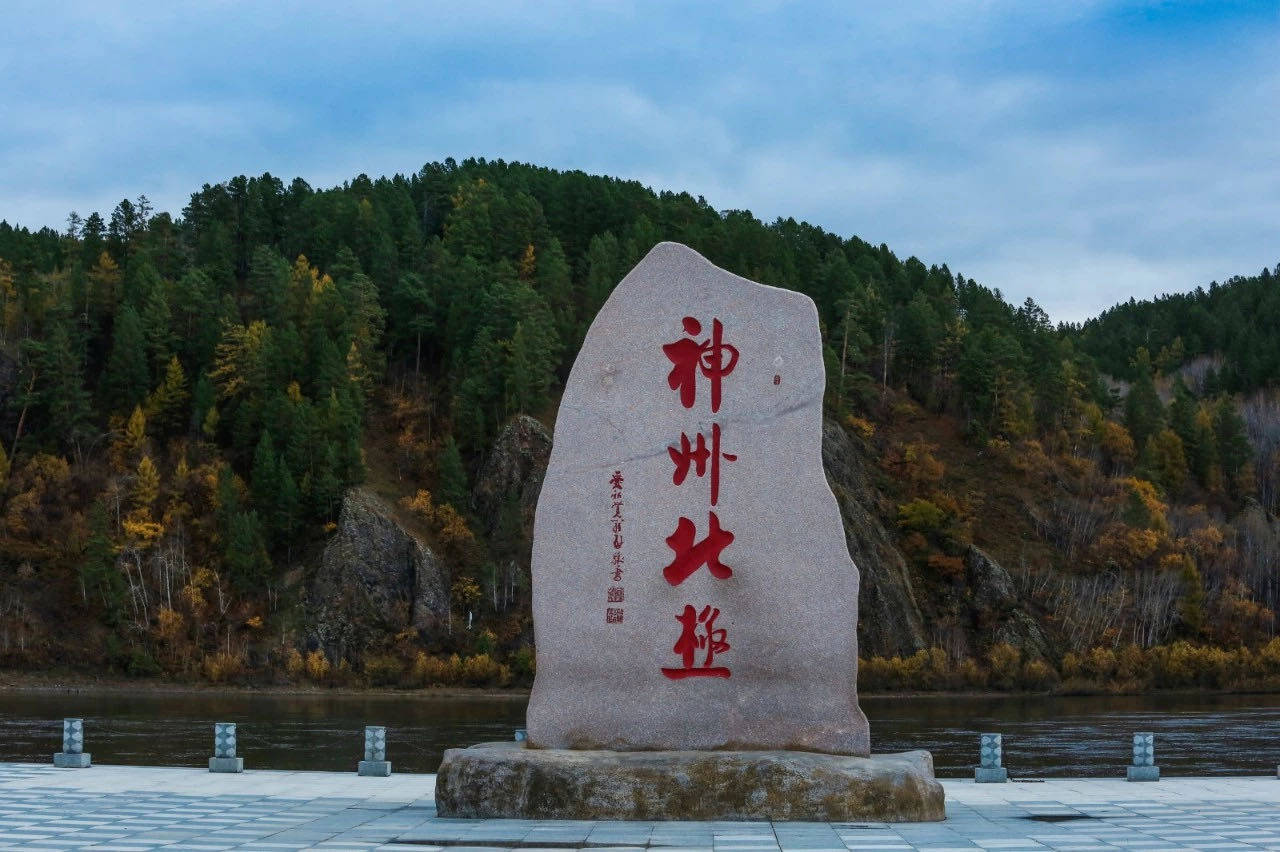
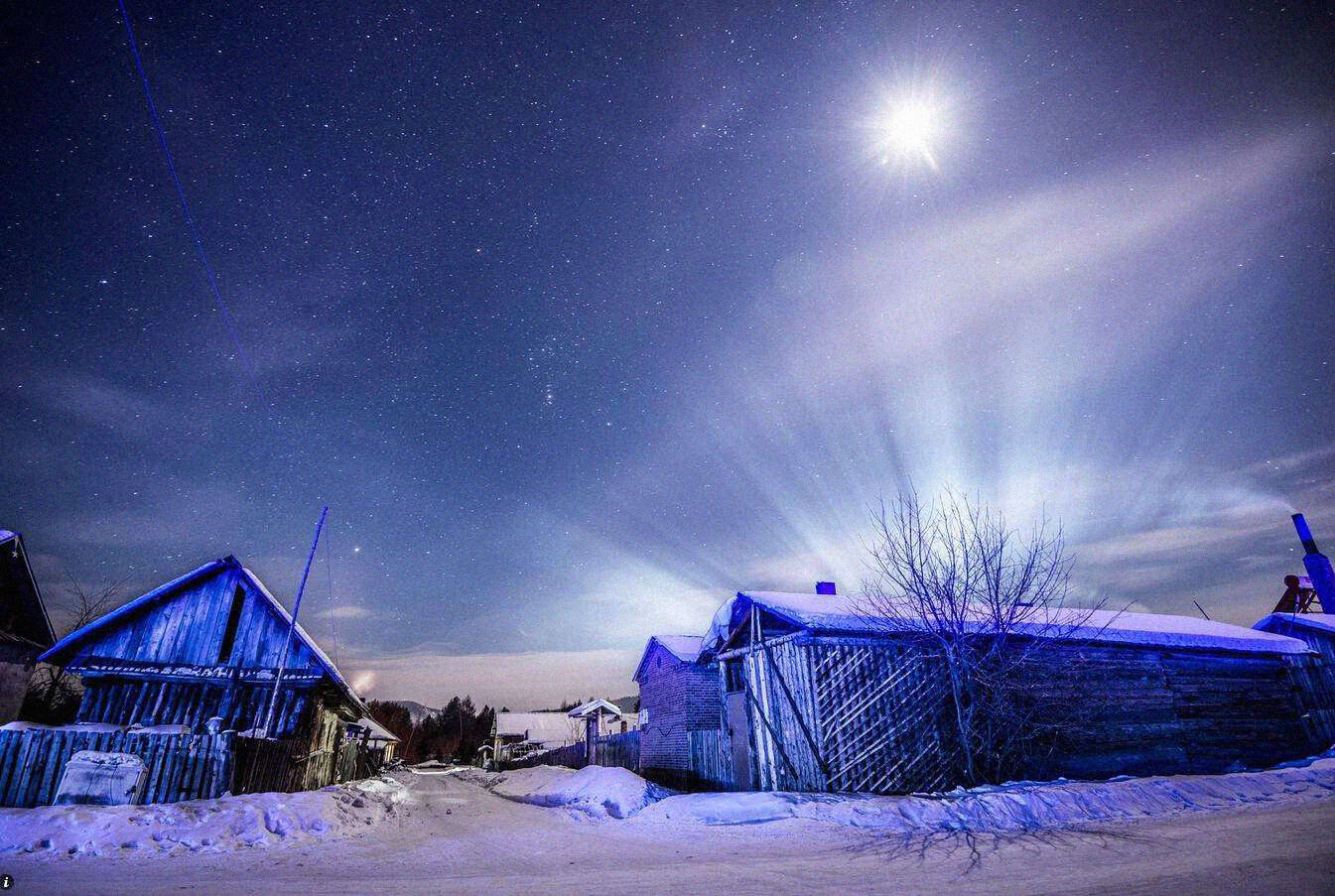
The early morning after sunrise is the quietest time in the Arctic Village. You must walk around the Arctic Village and reach the edge of the village. You can still vaguely find what the village looked like before: old-fashioned woodcut houses, walking tractors, The old man who came through the pass, the crops that couldn’t be seen at a glance… the smoke from the chimney, the cock and the dog barking in the yard, awakened this small village that has now become a tourist attraction.
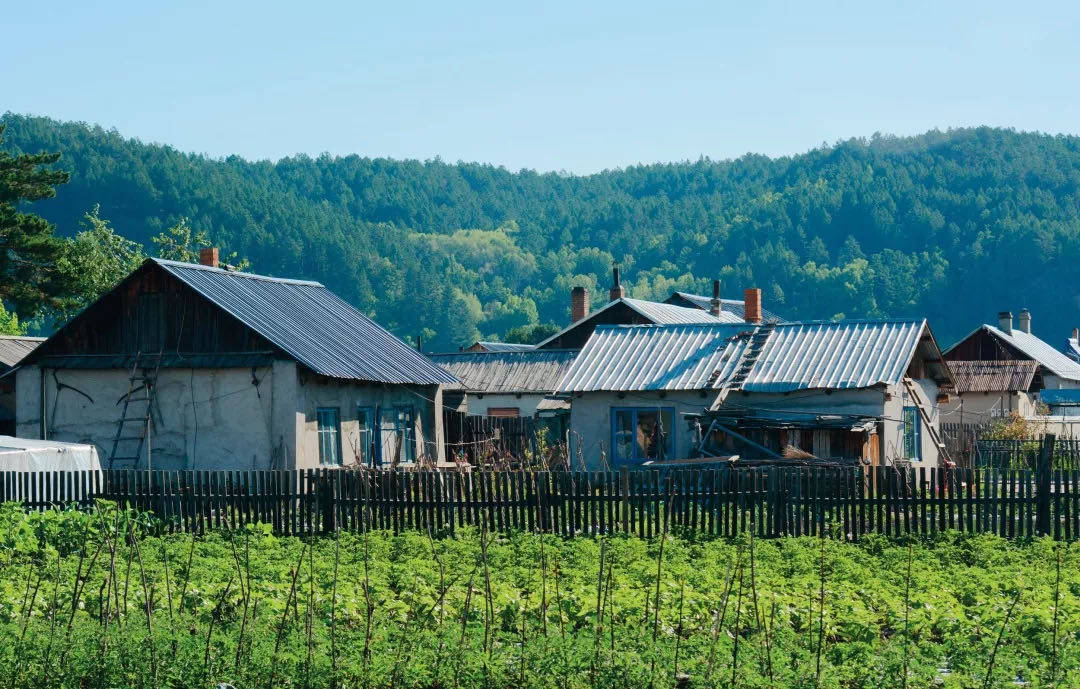

From the Arctic Village to the north, on the bank of the Heilongjiang River on the Sino-Russian border river, the river water has alluvialized a shoal with an area of more than 50 square kilometers—the Ussuri Shoal. In the Qing Dynasty, there used to be a border post here, called Wusuli. This is the northernmost point of China. There is a stone stele on the side of the shoal, which is marked with latitude and longitude-123°15′30″ east longitude and 53°33′42″ north latitude. When you arrive at the Wusuli Shoal, you have reached the northernmost point in China. A boulder on the side of the beach is engraved with “Congratulations, you have found the north!”

In fact, there are many interesting places in Daxinganling around Mohe. For example, the nearby Jiuqu Eighteen Bend scenic spot is about 15 kilometers away from Mohe City. You can see very beautiful scenery when you climb to the viewing platform. The small rivers winding through the wetlands and forests form a real Jiuqushi Eight bends. A railway line traversed the mountains, rumbling-the train roared past and disappeared into the dense forest, leaving a group of startled birds hovering over the mountains…





























































You must log in to post a comment.